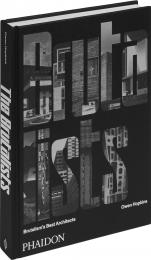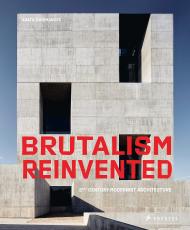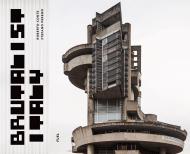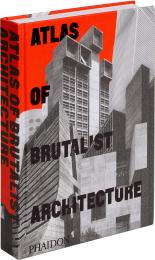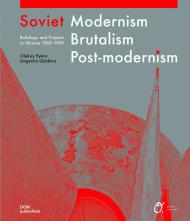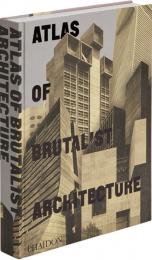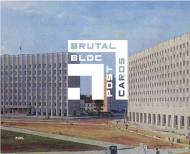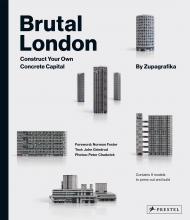As seen in The New York Times, Architectural Digest, Forbes, ELLE Decoration, and Design Milk. An unprecedented survey of more than 250 architects who continue to define one of the most polarizing yet celebrated of styles
Brutalist architecture inspires a passionate response, be it adulation or contempt. There is no disputing, however, that the style produces some of the world’s most breathtaking buildings. This landmark volume documents the movement as never before, by profiling the architects behind the style.
Featuring more than 250 historic and contemporary architects (organised alphabetically) along with specially selected examples of their work, this book includes international icons alongside those who are less well known or who have for too long been neglected, providing a unique record of this influential global architecture movement. The book includes 350 stunning images of more than 200 iconic Brutalist buildings, alongside fresh and surprising masterworks from 1936 to the present day, creating the ultimate companion to the Brutalist masters.
Featured architects include: John Andrews; João Batista Vilanova Artigas; Lina Bo Bardi; Bogdan Bogdanović; Marcel Breuer; Douglas Cardinal; André-Jacques Dunoyer de Segonzac; Bertrand Goldberg; Ernő Goldfinger; Jadwiga Grabowska-Hawrylak; Agustín Hernández Navarro; John M. Johansen; Louis I. Kahn; Denys Lasdun; Le Corbusier; João da Gama Filgueiras Lima; Alberto Linner Díaz; Owen Luder; Paulo Mendes da Rocha; Oscar Niemeyer; William L. Pereira; Affonso Eduardo Reidy; Paul Rudolph; Moshe Safdie; Alison Smithson; Clorindo Testa; Decio Tozzi; and John Carl Warnecke.
About the Author:
Owen Hopkins is an architectural writer and curator. He is Director of the Farrell Centre at Newcastle University. He is the author and editor of numerous books about architecture, including Postmodern Architecture: Less is a Bore, also published by Phaidon. Hopkins has written widely on architecture for publications including the Independent, Dezeen, Icon, Architectural Review, and Domus.
